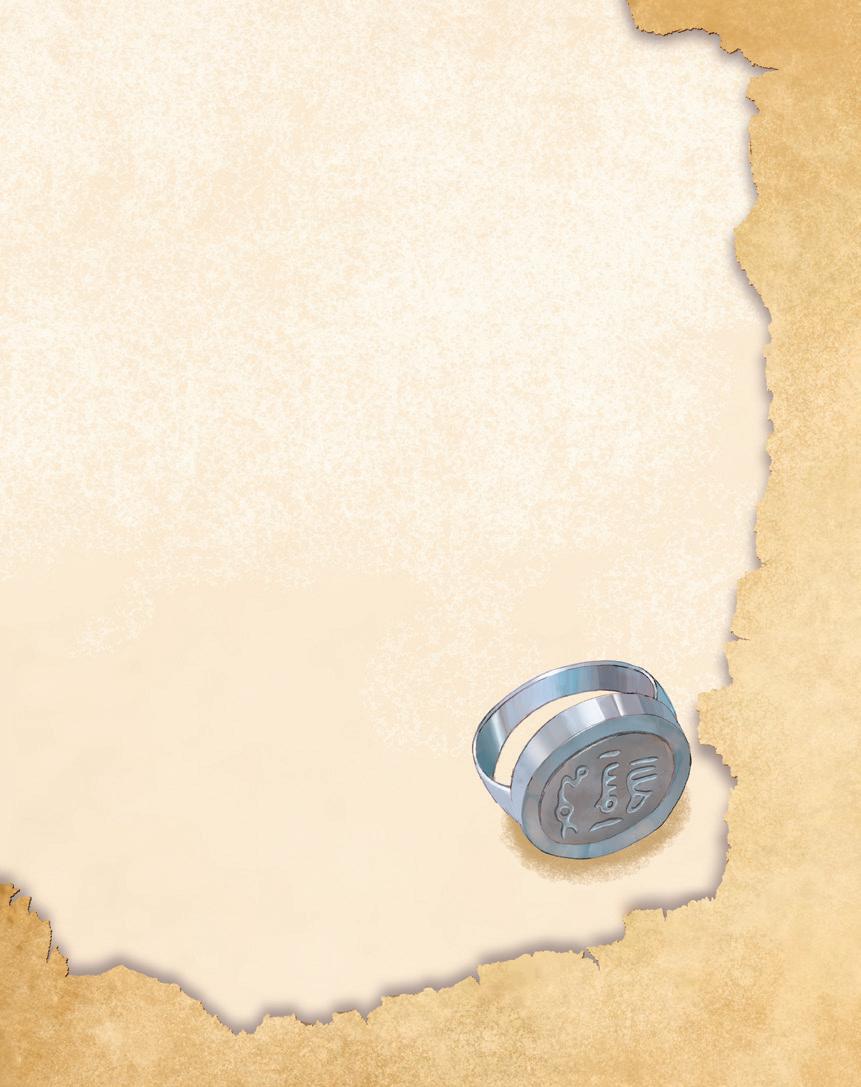Prophet Letters a from
Zimarina Sar war
ILLUSTRATIONS BY Giorgio Bacchin






illustrations: Giorgio Bacchin



First published in England by The Islamic Foundation, Markfield Conference Centre, Ratby lane, Markfield, Leicestershire, LE67 9SY
United Kingdom
Distributed by Kube Publishing ltd
Tel: +44 (0) 1530 249230
Website: www.kubepublishing.com
Copyright © Zimarina Sarwar 2023
All Rights Reserved
The right of Zimarina Sarwar to be identified as the author of this work has been asserted by her in accordance with the Copyright, Designs and Patent act 1988. Cataloguing-in-Publication data is available from the British library.
ISBN 978-0-86037-818-1 casebound
ISBN: 978-0-86037-823-5 ebook
Editor: Asma Anwar
Design, layout and typesetting: Jannah Haque
Illustrations: Giorgio Bacchin
Printed in China

 Rohi Sarwar
Rohi Sarwar
The raw power of your maternal love forever uplifts my pen, heart and soul. The wonder of souls as beautiful as yours is that you continue to teach me as much in your death as you did in your life. May any and every word of goodness contained herein weigh heavily on your scales. Ameen.
Patiently awaiting the best of reunions with you,
Zimarina




In today’s world we are used to communicating within split seconds and can speak to people on the other side of the globe at the tap of a screen. Things were not always this way, however. Before the technology of today, important messages between people living in different countries had to be in the form of handwritten letters.
With no neighbourhood postman or delivery companies, these letters had to be sent with messengers. Messengers were people who would travel across huge distances of desert, sea and vast landscapes just to deliver letters by hand. The journey was often treacherous, and the messengers could take weeks







Today we can easily learn about and interact with people from all over the world, but back then, the distance between societies was much greater—both in geography and understanding. The messengers would be sent to places where they would encounter cultures, languages and societies completely different to their own. Because it was such hard work to send a letter, people would only do so when they had something very important they wanted to communicate.








We will look at a series of four letters sent by the Prophet Muhammad ﷺ to some of the most powerful leaders on earth. Sent with messengers to distant empires, these letters were an invitation to Islam for people who were living an extremely different way of life. The men receiving the letters dominated huge swathes of land and ruled over subjects bound by loyalty and tradition. We will see what happened when Heraclius— Emperor of Byzantium, al-Muqawqis—the King of Egypt, Chosroes—the Shah of Persia and al-Najashi—the King of Abyssinia came to hear of this message. Together, we will be looking at each letter in detail, the reactions that these rulers had to them and the course of events that were soon to follow.



Communicating an important message is exactly what this book is about.Emperor Heraclius
The hugely respected King of Abyssinia—al-Najashi—was a great man named As’hama ibn Abjar. He ruled over the Kingdom of Aksum where Ethiopia and Eritrea lie today. Al-Najashi reigned from 614–631 CE and had a reputation for being a wise and just man not only among his people, but by all those who knew him. Al-Najashi was already familiar with the Muslims, since a few years earlier he had given refuge to a group of

Muslims in his land. They came asking to settle in Abyssinia as they were facing extreme persecution in Makkah. Because of this, al-Najashi had many close experiences with the Muslims and a strong understanding of Islam too.
This time, he faced another group of Muslims. In his court, the Companion ‘Amr ibn Umayyah al-Dhamri arrived carrying a letter from the Prophet ﷺ .





Aksum was a major centre of trade with merchants arriving from central Africa, Persia, India and Egypt. Adulis was the major port city of Aksum, situated on the coast of the Red Sea, here merchants traded in many things including salt, gold, ivory, gems, cloth, glass and olive oil. Due to Aksum’s location and role in international trade, the culture of the kingdom became a blend of different influences including Egyptian, Greek, Roman and Arab.
Unlike their neighbours in Egypt, Aksum did not build pyramids. Instead, Aksum was famous for building tall towers called stelae, the tallest of which was 100 feet high. The towers were carved with elaborate inscriptions, stone doors and fake windows.

any years ago, across distant lands and faraway empires, a series of letters were sent to some of the most powerful men on earth. These were no ordinary letters, however—they were from none other than the Final Prophet of God ﷺ and the message they contained was one for all time.
It was the year 7 AH (628 CE), and the dawn of a new era for the early Muslims as they welcomed the promise of peace on the horizon. The time was now right. The Prophet ﷺ decided to invite the wider world to a better way of living.
Messengers were chosen to visit the opulent palaces of the Roman Empire, travel by boat up the Nile to Alexandria, cross vast planes to a kingdom in Abyssinia and approach the extravagant fortresses of mighty Persia.

The task at hand was monumental for those selected to deliver the message. Reactions to the letters varied in extremes, but all carry equally valuable lessons. Within the preparation, delivery and reactions to these letters, we learn about faith, power, and the human condition. You will see how Letters from a Prophet contains timeless truths just as important and relevant to our lives today, as they were back when they were penned. Join us on a profound journey of discovery…
